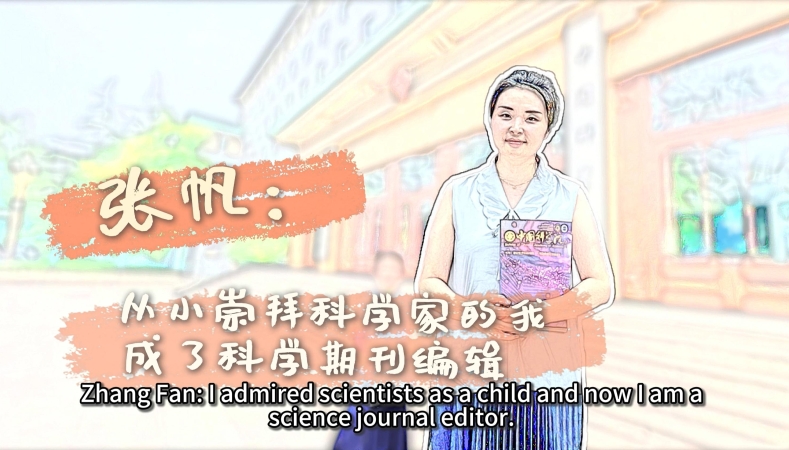Tech Tools to Hike Consumption Patterns

A visitor experiences an XR movie through VR and AR devices during the 14th Beijing International Film Festival on April 17, 2024. (PHOTO: VCG)
By ZHONG Jianli
A set of measures aimed at encouraging new consumer scenarios and supporting new growth points were unveiled in a circular on June 24, through a joint effort led by the National Development and Reform Commission (NDRC) and four other related departments.
"Over the past two years, consumer demand in China has shown a continuous surge, with the consumer market steadily regaining its momentum. In 2023, the final consumption expenditure contributed a remarkable 82.5 percent to economic growth, standing as the primary driving force behind our economic prosperity," said a spokesperson from the NDRC.
"Unlocking the enormous potential for consumption is pivotal to sustaining growth," emphasized the official, discussing the backdrop against which the measures were introduced.
The current acceleration of technological revolution and industrial transformation, coupled with the emergence of new tech tools like big data, cloud computing, AI, the Internet of Things (IoT), and blockchain, is profoundly altering human production and consumption. These digital advancements and data elements are poised to revolutionize consumer supply upgrades, presenting new opportunities for growth.
The creation of new consumer scenarios encompasses fresh formats, models, and products, embodying significant importance in enhancing consumption quality and satisfying people's aspirations for an elevated lifestyle.
The circular concentrates on six focal areas: catering, cultural tourism and sports, shopping, bulk commodity, healthcare, and community service consumption.
In cultivating new scenarios for cultural tourism and sports consumption, it underscores the necessity of advancing innovative integration within the tourism sector.
Initiatives include leveraging digital technologies to bolster scenic advancements, actively fostering new formats such as digital art and immersive experiences, and supporting virtual tourism showcases through livestreaming and short video platforms.
To bolster new shopping consumption proposals, the circular advocates harnessing novel technologies to enrich the shopping experience.
Strategies encompass exploring the use of AI models, virtual reality panoramic views, and digital avatars to expand e-commerce live scenarios, while promoting immersive consumption experiences through online services like virtual fitting rooms.
The measures also include expanding novel automotive consumption.
These include creating new settings for high-end intelligent driving, enhancing domestic decoration consumption, advancing indoor smart assemblies, smart home IoT systems, and innovating in electronic product consumption through developments in flexible screens, cutting-edge photography, and robust software and hardware functions tailored to smart wearable device applications.


